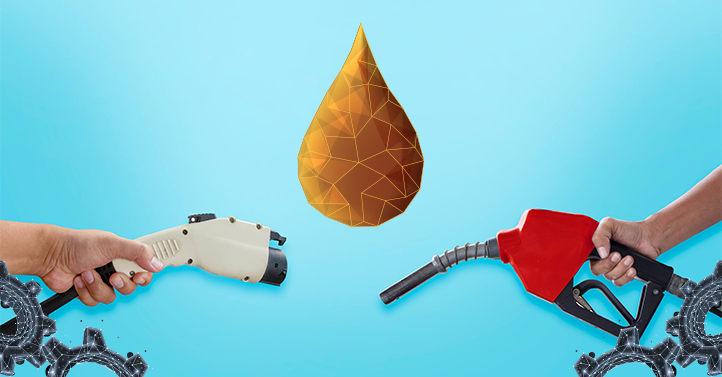After successfully adjusting to shifts in technology and formulation approaches, the lubricant additives industry is facing yet another challenge: the rapidly rising electric vehicle (EV) lubricants segment.
“EVs, in their current form, mainly utilize off-the-shelf automotive lubricants. But as OEMs and consumers have found, electric vehicles truly have their own unique requirements for lubes,” says Manager of Energy David Tsui, who is preparing to launch Kline’s upcoming study, Global Lubricant Additives: Market Analysis and Opportunities. “Now, the industry is scrambling to address several issues.”
Among the most pressing: the fact that EVs create more stress on their lubes.
“EVs can weigh up to 30% more than an equivalent ICE vehicle and have motors with double the torque, bringing added stress to the driveline,” says Tsui. “.While the Hummer EV is a decadent exception, it weighs in at 9,000 lbs and has 1,000 hp — that vehicle has four times the power and 50% more weight than a Hummer H2. The loads that place on wheel bearings and CV joints alone are on another level compared to the ICE (internal combustion engine) version.”
In addition, Tsui notes, EVs tend to run their internals at much higher RPM, as they are typically single speed, which means the lubricants encounter much greater foaming issues. EV lubricants are also under higher pressures and temperatures than ICE lubricants, and their failure is more readily noticed by the consumer, as EVs do not have engine noise to cover bearing ticks or gear whine. All of these factors are driving investment in R&D in the EV lubricants area as the industry scrambles to address them.
“Test houses and companies are rapidly developing new tests, while lubricant formulators and additive package houses are looking to launch EV additive packages where no real standards exist,” says Tsui.
Previously, the $13 billion (pre-inflation est. 2020) lubricant additives industry effectively navigated major shifts in industry specifications for automotive lubricants, REACH registration issues in Europe that have reduced the number of additives being used in industrial lubricants, and major supply chain bottlenecks stemming from lockdowns and production plant issues.
Kline’s Global Lubricant Additives: Market Analysis and Opportunities is a comprehensive analysis examining the global lubricant additives market for 23 automotive and industrial product categories, covering additive function and type used, typical additive formulation, current and future additive consumption, additive consumption by type and chemistry, market trends and opportunities, and market outlook. In addition, more than 20 lubricant additive suppliers will also be profiled, covering company background, corporate structure, recent R&D projects, plants and facilities, product portfolio, estimated annual sales, and a company evaluation. Also to be explored: the challenges that ICE lubes face, including what lubricants specifications the newly formed International Fluids Consortium (IFC) will create as well as continuing OEM and API/ACEA updates.
The report is scheduled to be published in Q4 of this year; if you have a topic you would like to see covered in it, email Tsui at David.Tsui@klinegroup3dev.wpenginepowered.com.

